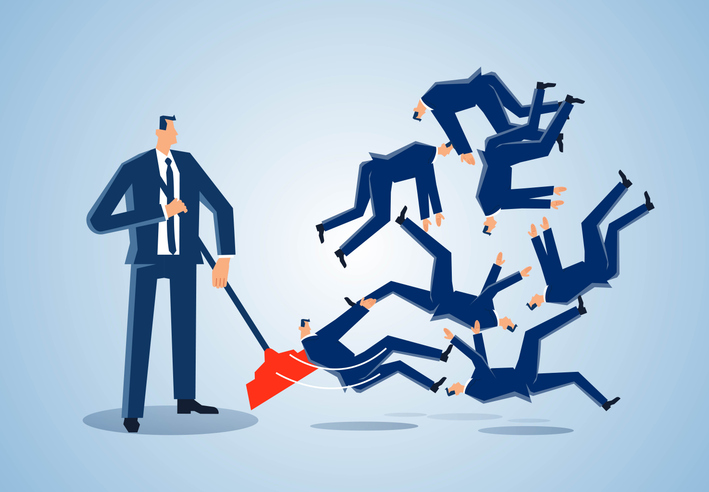Change can be very difficult and is something that many people resist, especially when it’s something that has stayed the same for years. However, many areas within an organization need improvement and change to work toward a more inclusive and respectful work culture. Since change doesn’t happen overnight and oftentimes is complicated, it’s critical to have a clear process in place. In our recent LinkedIn Live, Margaret Kelleher, Director of Change Management at VMware, discusses how she’s successfully created change and what important aspects a company needs to implement an effective process to enable this change. In order to enact change at her organization, she utilizes the ADKAR Model (Awareness, Desire, Knowledge, Ability, Reinforcement), which is very helpful when it comes to the people side of change. Each of these stages in this five-step method is a critical part of affecting any long-lasting change. Once there’s an efficient and effective process in place, it becomes easier to accept necessary change and is encouraged throughout the organization.
Awareness: Understanding the Need to Change
The first step essential for change is being aware and acknowledging that something isn’t working or needs improvement. This can take on many forms, such as from a project or DEI perspective. Once there is awareness around an issue, it needs to be brought to the attention of the whole organization and the reason as to why this change is needed has to be communicated. It’s important to maintain communication with everyone at the company because each individual has a responsibility in this process. Awareness is the first building block in this process, which is why it’s helpful to give enough time for people to prepare for the upcoming change, resulting in less resistance throughout the whole process.
Desire: The Personal Connection
The desire to see a difference and enact change is derived from a personal connection to the issue. This step is when the motivation and desire to take action after noticing something not working comes in. This step goes beyond feeling empathy or sympathy towards, for example, someone who is not being treated equally, which is where many DEI initiatives stop. It’s easy to agree that most people believe everyone needs to be treated fairly, but having resonant feelings isn’t going to improve the issue. Having the desire and personal connection to an issue is going to be the fuel for taking action and enacting change.
Knowledge: Expand Understanding/Learning
Knowledge is a powerful tool. It gives people a broader understanding and allows you to approach an issue or problem with a wider range of comprehension.Allow yourself to learn about new topics and open up your mind to view topics from a different perspective. It’s challenging to create change if you aren’t learning new things because your scope of understanding doesn’t change. ERG’s are a great way to learn something new within a company. Margaret explains that she attends various ERG group meetings, such as the pride ERG, so she can understand her employees who are in the LGBTQ+ community in a better way and support them in the future. If you learn about a certain topic and realize that an aspect of the company is hindering it or should be improved, then you can take action to make that change.
Ability: Re-Position to be Successful
It’s important to make sure that not only do people have the knowledge that something needs to change, but that you can create that change. People can oftentimes put themselves in a position that allows them that ability. Many times, some obstacles impede people’s ability to make a change, but they aren’t doing anything to shift and create that opportunity to do something different. For example, being able to hire diversely is not possible if you do not set yourself to a diverse candidate pool. Sometimes having the ability is about shifting things around and going around obstacles to make it happen.
Reinforcement: Holding People Accountable
Once a team has gone through the first four steps of this model and has made the needed change, it’s important to recognize and acknowledge that change, and then give positive reinforcement and feedback to ensure that employees or leaders continue that behavior or action. In addition, hold people accountable and track what’s occurring after your organization makes that change to ensure it’s being sustained and the goals are being met. Finally, make sure the points of reinforcement are planned from the beginning: how are you going to ensure that the affected change is going to be sustained?
Change management and the focus on the people side of change is a crucial element to having a successful business. Leaders need to think about the people side of change while coming up with new initiatives and future business plans.
For more information on having effective collaboration throughout your organization, download our tipsheet: How to Build Strong Partnerships Between CFOs and HR
For steps on starting an ERG at your organization, download our guide.








